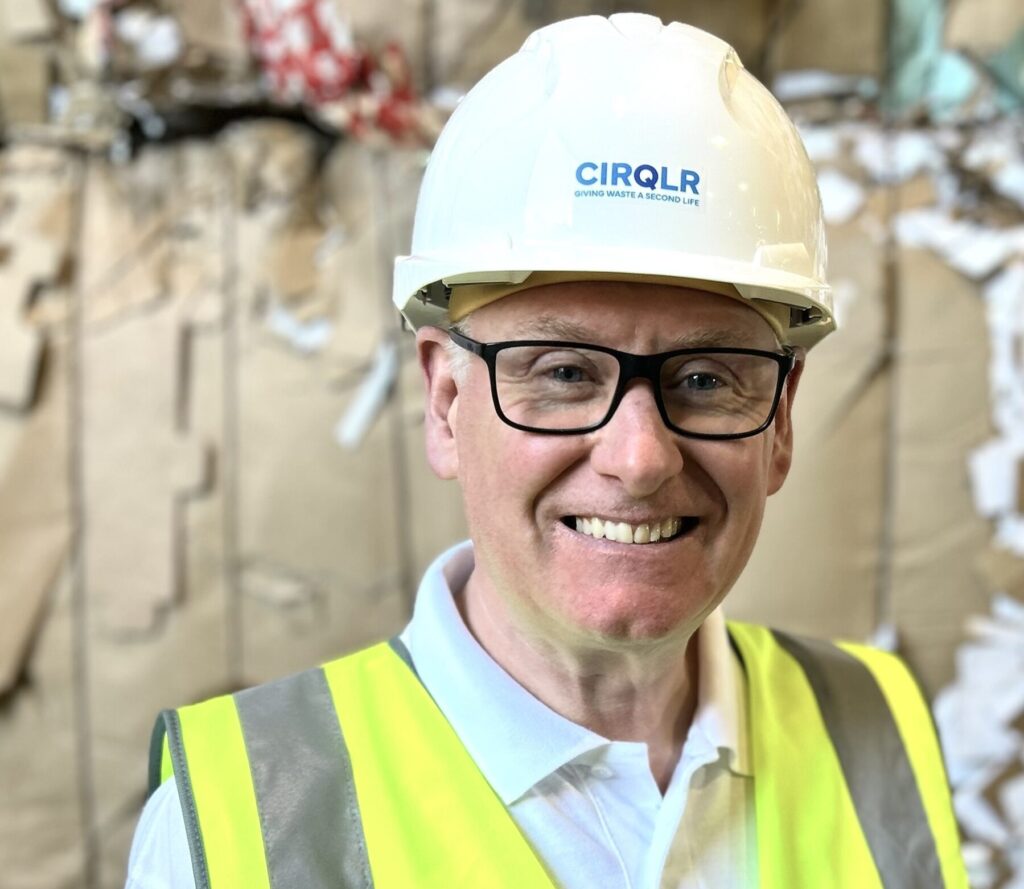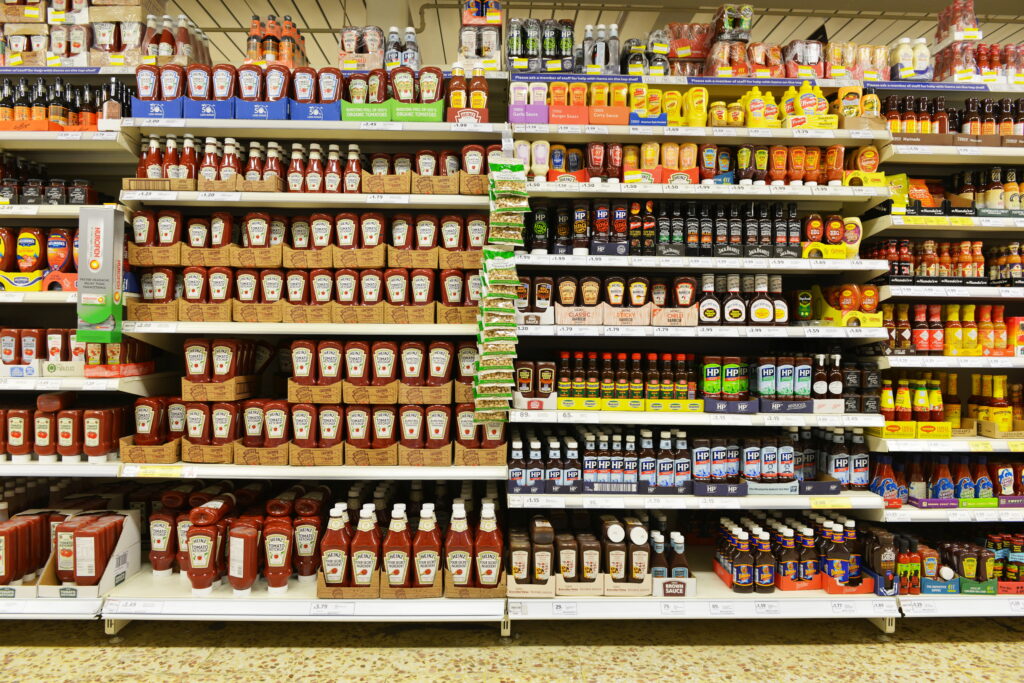Grundon and Viridor have begun work on their 400,000 tonne facility at Colnbrook near Slough, WRG has built its Allington facility in Kent while Cory has just won approval for a 585,000 tonne capacity incinerator at Belvedere in South East London. Other developments in England include plans for a new plant in Nottinghamshire and a proposed facility in Cornwall.
The argument is often made that because incinerators – or Energy from Waste (EFW) plants – need large quantities of waste in order to operate viably, they will reduce the recycling option.
They have attracted criticism from pressure groups, such as Friends Of the Earth which argues that “rather than reducing waste, incinerators can actually create a demand for it.”
The link between incineration and any reduction in recycling levels is hotly debated with a lack of real data to prove the case either way. Continental Europe is often given as an example of high recycling levels alongside energy from waste plants and this fact has caused some difficulty for pressure groups in the past.
Many UK waste companies have strong connections with continental firms. And, even if they are only UK-based, attention is paid to the European situation as a whole.
Cory
John Bolden group planning and communications director of Cory Environmental is one sector expert who is adamant that recycling and incineration are not inextricably linked.
He says: “We have looked into how incineration has worked in other European countries and whether it would ‘crowd out recycling'. What we found out was that in the European model, incinerators and recycling actually sit side by side – they aren't in competition.” And he added that research seen by Cory revealed that areas which had incinerators “tended to have good recycling figures.”
Cory has a 30 year contract with London's Western Riverside Waste Authority (the waste authority for Kensington & Chelsea, Hammersmith & Fulham, Wandsworth and Lambeth). As part of the contract, the company will be responsible for constructing and running a 585,000 tonne capacity incinerator at Belvedere in South East London which looks set to be one of the largest incinerators in Europe.
Recycling will still be important, says Mr Bolden. In addition to its incineration responsibilities, Western Riverside “is keen to support the local councils and help them to achieve their recycling targets.”
A similar perspective comes from Keith Riley, Veolia's managing director of technical service for SELCHP (South East London Combined Heat and Power). As operator of the 420,000 tonne capacity incinerator the company also endeavours to work with councils' recycling targets and not against them.
Mr Riley, believes that there will always be residual waste for SELCHP to burn. “At the moment London's recycling rate is just under 18%. As far as SELCHP is concerned, even if we have a highly successful recycling strategy there will still be sufficient waste to supply the plant.”
London Waste
London is clearly at the centre of the debate and Mr Riley's view for SELCHP is echoed by David Sargent, managing director of LondonWaste Limited. He says: “Because of the need to divert waste from landfill, there is an increase in demand from local authorities for alternative treatments for residual waste, including energy-from-waste, and that is why new facilities are being built.”
Mr Sargent considers that the Landfill Allowances Trading Scheme is adding to the pressure of landfill tax and recycling targets, and is driving a major shift up the waste hierarchy away from landfill. “Recycling is up, composting is up and residual waste, still the largest proportion of waste inputs, is moving into treatments where more resource recovery and value can be obtained – for example recovery of metals, generation of electricity and ash recycling.”
“Even if recycling targets go up beyond what the government has currently stipulated there will still be more than enough rubbish to burn.
John Bolden, Cory Environmental
LondonWaste operate a 500,000 tonne EFW plant at Edmonton for the generation of electricity from the residual waste. Mr Sargent notes: “As we handle well over a million tonnes annually we have more than enough residual waste to fill the capacity from existing waste streams and we have to take surplus waste to landfill. Therefore the development focus for us has been on recycling and composting, particularly at the EcoPark.”
The view that incineration does not crowd out recycling is not universal.
Bexley council has spent more than £1.2 million fighting Cory's application for Belvedere since 1991 and is currently calling for a judicial review of the decision.
Cllr Ian Clement – leader of Bexley council – has been a leading voice in the council's battle and describes incineration as the easy option for local authorities who do not want to put the work in to meet their recycling targets.
He takes something of a hard line on local authorities which use energy from waste plants, saying: “Lots of councils pay lip service to recycling. In Bexley council we are aiming to seize the hearts and minds of the community and give the public the tools to recycle in their own homes.”
Friends of the Earth
This view of local authorities taking what could be seen as an easy option, is supported by Anna Watson of the national office of Friends of the Earth. Ms Watson says: “Local authorities see incineration as a quick fix to meet LATS (Landfill Allowance Trading Scheme) targets. We need to think about waste in a more innovative way.
“Friends of the Earth want a variable charging system otherwise known as ‘pay as you throw.' This would remove the LATS burden from the council and get residents to put more in the recycling box. “
Looking ahead, Ms Watson says: “I hope in the future we will run out of waste to burn in incinerators because our recycling rate will reach such a high level. However, more realistically, unless the government bites the bullet and brings in schemes such as variable charging, it just won't happen and the incinerators will just keep burning.”
While Bexley council and Cory don't see eye to eye over Belvedere, they do agree with the fact there will be enough waste for incinerators to burn in the future but for entirely different reasons. Cllr Clement says: “Having an incinerator in the area will make people abandon recycling initiatives as they become eager.
“Seeing old-fashioned looking technology sends out the wrong signals and won't motivate anyone to recycle so there will be more residual waste to burn as incinerators increase their stronghold.”
The Mayor of London, Ken Livingstone, has also been a supporter of Bexley council's fight against Belvedere. Before Cory's proposal was accepted, Mr Livingstone voiced his fears in July about what the plant will mean, saying: “London will be surrounded by a ring of fire, as boroughs opt for burning over recycling.”
Mr Bolden of Cory disagrees with these sentiments and argues that “even if recycling targets go up even beyond what the government has currently stipulated there will still be more than enough rubbish to burn.”
Another controversial element associated with building incinerators is that local authorities are ‘tied' into contracts with the plants for up to 25-30 years where they are legally obligated to provide a certain amount of waste per year. Friends of the Earth points out: “Some councils have had to meet this demand by bringing in waste from other areas and have abandoned plans to reduce and recycle.”
Local authorities see incineration as a quick fix to meet LATS targets. We need to think about waste in a more innovative way.
Anna Watson, Friends of the Earth
Mr Riley explains why in his view the length of the contract wouldn't be a reason why recycling rates should change: “Although 25 years might seem a long time, it isn't when you are looking at societal change. Even if recycling rates rise, the amount of waste created by the new population will rise too so it will balance out.”
In South West England the concept of population rises impacting on waste arisings is also a factor considered by the local authorities.
Cllr Paynter, Cornwall county council says: “Our population is growing and people are living longer and there is an increase in housing so the rates of waste are going to increase, not decrease.
“Cornwall has around a 28% recycling rate and although our recycling rate is going up, the waste problem is not disappearing. I think there will always be a place for incineration as a viable alternative to landfill.”
Although the overwhelming feeling appears to be that there will be enough waste to burn in the future, it is certain that the debate will continue with landfill diversion targets pushing more and more waste towards incineration.








Subscribe for free